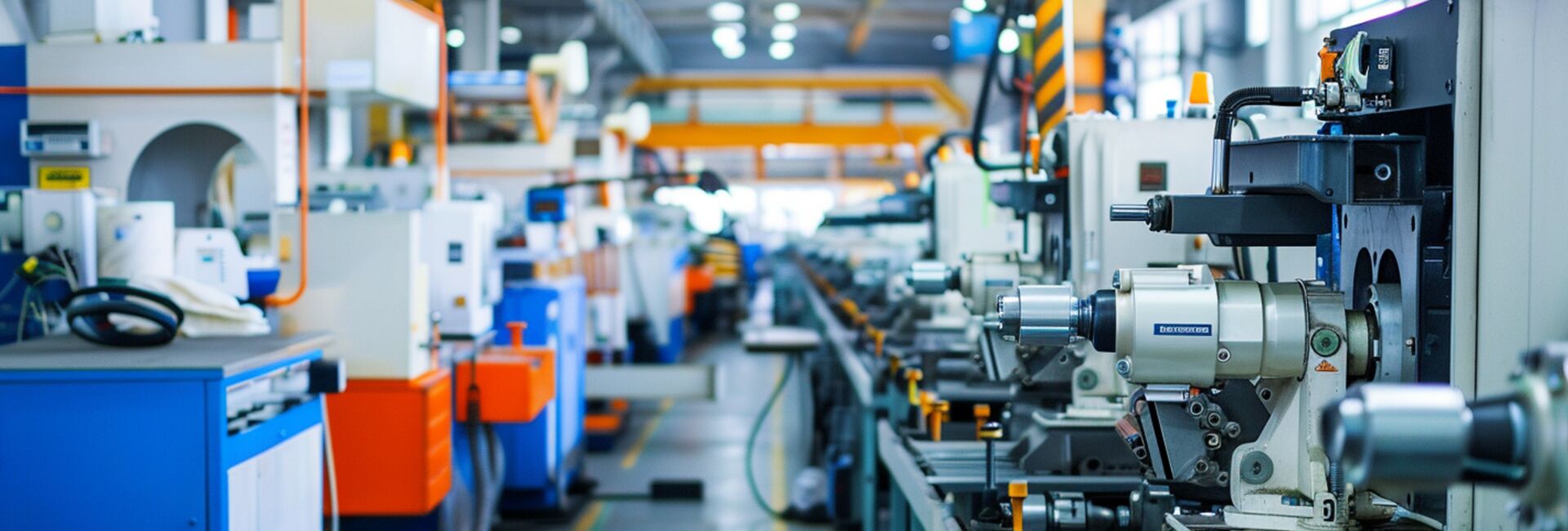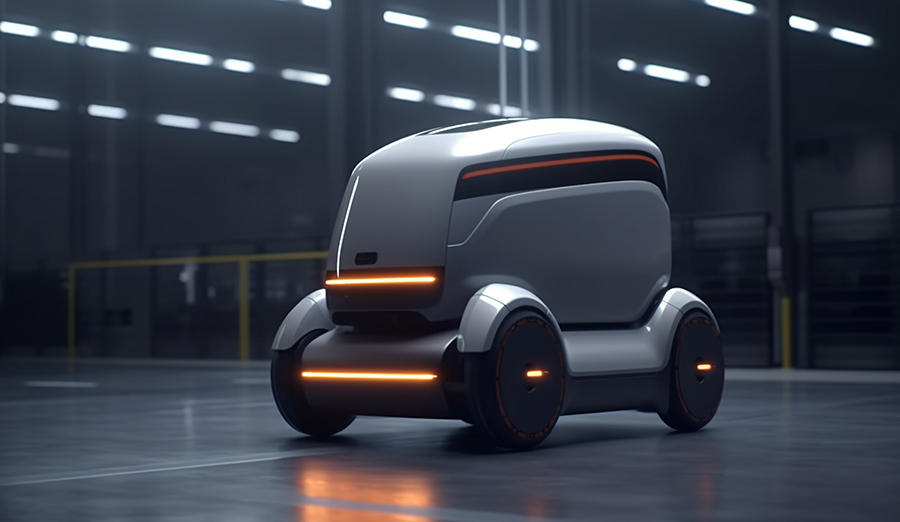
WIRELESS CHARGING IN THE NEWS
In the production workshops of the food and beverage industry, AGV/AMR carts are becoming powerful assistants for efficient logistics transportation. These smart cars shuttle day and night, making significant contributions to the smooth operation of the production process. With the continuous advancement of technology, wireless charging technology is gradually emerging in this industry, bringing about new changes to the operation of AGV/AMR vehicles.
The food and beverage industry has its unique production environment and strict standards. From a hygiene perspective, food and beverages are directly related to consumers' health, and the production process must ensure a high degree of cleanliness. The traditional wired charging method has the charging interface exposed for a long time, which is prone to accumulate dust, breed bacteria, and may even cause electric sparks due to poor contact, posing safety hazards. Wireless charging technology completely avoids these problems. It has no exposed charging interface, reduces contact with the outside world, significantly lowers the risk of contamination, and meets the strict hygiene standards of the food and beverage industry. In addition, the production workshops in this industry may undergo frequent cleaning and disinfection work. There may be water stains on the ground, and even some areas require a waterproof and dustproof environment. The wireless charging device can be specially sealed to have excellent waterproof and dustproof performance, ensuring stable operation in damp and dusty environments and guaranteeing the normal operation of AGV/AMR carts.
In practical application cases, a well-known beverage production enterprise was the first to introduce a wireless charging system for AGV/AMR carts. In its automated warehouse, dozens of AGV carts are moving goods in an orderly manner. In the past, wired charging methods required small vehicles to frequently return to fixed charging points, resulting in long charging times and a high risk of charging failures, which affected logistics efficiency. After adopting wireless charging technology, the car can automatically stop at the charging area during breaks to charge, without the need for manual intervention. Even when there were a few water stains on the warehouse floor, the wireless charging system still operated stably without any malfunctions. After a period of operation, the enterprise found that the logistics transportation efficiency had increased by 30%, and at the same time, the equipment maintenance costs caused by charging failures had been reduced.
However, the application of wireless charging technology in the food and beverage industry is not smooth sailing and also faces many challenges. The first issue is the charging efficiency. Due to the fast production pace in the food and beverage industry, AGV/AMR carts need to work frequently and have high requirements for charging speed. At present, the charging efficiency of some wireless charging technologies is relatively low and cannot meet the demand for fast charging. The second issue is the cost. The initial investment cost of a wireless charging system is relatively high, including the purchase, installation and commissioning of charging equipment, which is a considerable expense for some small and medium-sized enterprises. In addition, the stability of wireless charging technology in complex electromagnetic environments is also a challenge. In food and beverage production workshops, there may be various electrical devices, and the electromagnetic interference they generate may affect the effectiveness of wireless charging.
There are also corresponding solutions to these challenges. In terms of enhancing charging efficiency, researchers are constantly developing new charging technologies and materials, and optimizing the design of charging circuits to increase charging speed. Regarding the cost issue, one can cooperate with suppliers to strive for more favorable purchase prices. Meanwhile, in the long run, the increased production efficiency and reduced equipment maintenance costs brought about by wireless charging technology can to some extent make up for the high investment in the early stage. To address the issue of electromagnetic interference, shielding technology can be adopted to conduct electromagnetic shielding treatment on wireless charging devices, reducing the impact of external electromagnetic interference.
With the continuous development and improvement of technology, the application prospects of wireless charging technology in the food and beverage industry are very broad. It will bring more convenience and benefits to the intelligent production and logistics transportation of this industry, and become a new driving force for the development of the industry.







